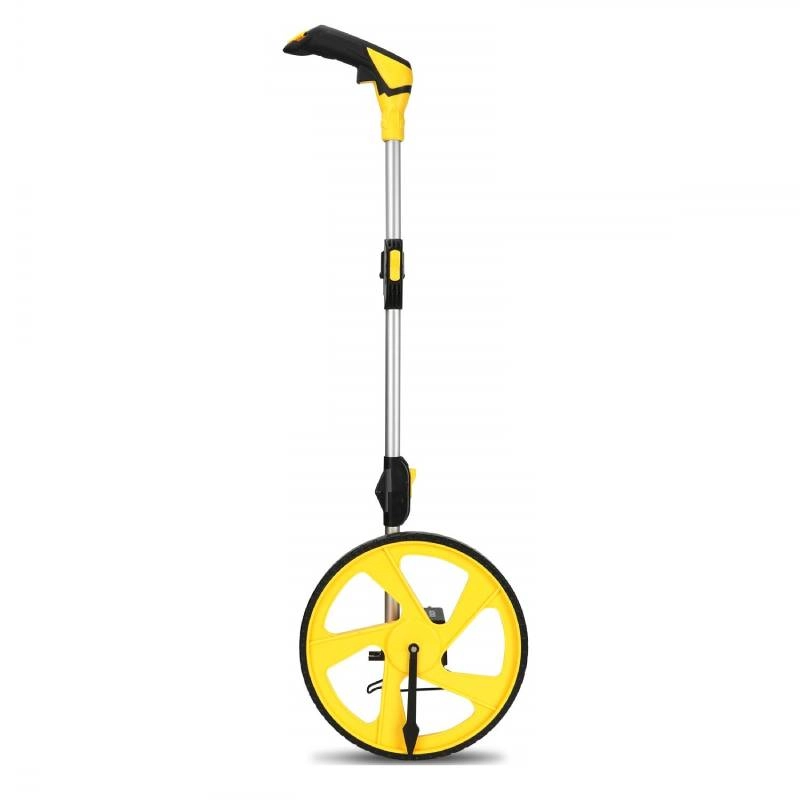
-
 Afrikaans
Afrikaans -
 Albanian
Albanian -
 Amharic
Amharic -
 Arabic
Arabic -
 Armenian
Armenian -
 Azerbaijani
Azerbaijani -
 Basque
Basque -
 Belarusian
Belarusian -
 Bengali
Bengali -
 Bosnian
Bosnian -
 Bulgarian
Bulgarian -
 Catalan
Catalan -
 Cebuano
Cebuano -
 Corsican
Corsican -
 Croatian
Croatian -
 Czech
Czech -
 Danish
Danish -
 Dutch
Dutch -
 English
English -
 Esperanto
Esperanto -
 Estonian
Estonian -
 Finnish
Finnish -
 French
French -
 Frisian
Frisian -
 Galician
Galician -
 Georgian
Georgian -
 German
German -
 Greek
Greek -
 Gujarati
Gujarati -
 Haitian Creole
Haitian Creole -
 hausa
hausa -
 hawaiian
hawaiian -
 Hebrew
Hebrew -
 Hindi
Hindi -
 Miao
Miao -
 Hungarian
Hungarian -
 Icelandic
Icelandic -
 igbo
igbo -
 Indonesian
Indonesian -
 irish
irish -
 Italian
Italian -
 Japanese
Japanese -
 Javanese
Javanese -
 Kannada
Kannada -
 kazakh
kazakh -
 Khmer
Khmer -
 Rwandese
Rwandese -
 Korean
Korean -
 Kurdish
Kurdish -
 Kyrgyz
Kyrgyz -
 Lao
Lao -
 Latin
Latin -
 Latvian
Latvian -
 Lithuanian
Lithuanian -
 Luxembourgish
Luxembourgish -
 Macedonian
Macedonian -
 Malgashi
Malgashi -
 Malay
Malay -
 Malayalam
Malayalam -
 Maltese
Maltese -
 Maori
Maori -
 Marathi
Marathi -
 Mongolian
Mongolian -
 Myanmar
Myanmar -
 Nepali
Nepali -
 Norwegian
Norwegian -
 Norwegian
Norwegian -
 Occitan
Occitan -
 Pashto
Pashto -
 Persian
Persian -
 Polish
Polish -
 Portuguese
Portuguese -
 Punjabi
Punjabi -
 Romanian
Romanian -
 Russian
Russian -
 Samoan
Samoan -
 Scottish Gaelic
Scottish Gaelic -
 Serbian
Serbian -
 Sesotho
Sesotho -
 Shona
Shona -
 Sindhi
Sindhi -
 Sinhala
Sinhala -
 Slovak
Slovak -
 Slovenian
Slovenian -
 Somali
Somali -
 Spanish
Spanish -
 Sundanese
Sundanese -
 Swahili
Swahili -
 Swedish
Swedish -
 Tagalog
Tagalog -
 Tajik
Tajik -
 Tamil
Tamil -
 Tatar
Tatar -
 Telugu
Telugu -
 Thai
Thai -
 Turkish
Turkish -
 Turkmen
Turkmen -
 Ukrainian
Ukrainian -
 Urdu
Urdu -
 Uighur
Uighur -
 Uzbek
Uzbek -
 Vietnamese
Vietnamese -
 Welsh
Welsh -
 Bantu
Bantu -
 Yiddish
Yiddish -
 Yoruba
Yoruba -
 Zulu
Zulu


Aug . 14, 2024 06:46 Back to list
Securely Fasten Panel Cables with Durable and Efficient Cable Clamps for Optimal Organization and Safety
The Importance of Panel Cable Clamps in Modern Electrical Systems
In today's fast-paced world of technology and innovation, the significance of proper cable management cannot be overstated. Among the myriad of components that facilitate this process, panel cable clamps play a pivotal role in ensuring safety, organization, and efficiency in electrical installations. This article delves into the various aspects of panel cable clamps, including their functions, types, and applications in modern electrical systems.
Understanding Panel Cable Clamps
Panel cable clamps are mechanical devices designed to secure electric cables and wires to a specific panel or surface. They are critical in preventing cable movement, which can lead to wear and tear, electrical shorts, or potential hazards. These clamps are typically made from durable materials such as stainless steel, plastic, or aluminum, allowing them to withstand environmental factors while providing robustness and longevity.
Functions of Panel Cable Clamps
The primary function of panel cable clamps is to fasten cables and wires securely, thus avoiding potential risks associated with loose wiring. Here are several important functions these clamps serve
1. Prevention of Wear and Tear By securing cables firmly, panel cable clamps minimize movement, which can lead to abrasion and degradation of the insulation over time. This protection is crucial in extending the lifespan of electrical systems.
2. Enhancing Safety Loose cables pose a significant safety hazard as they may cause short circuits or electrical fires. Panel clamps mitigate these risks by holding cables firmly in place, thus supporting safe electrical practices.
3. Organization With multiple cables running through electrical panels, organization becomes paramount. Panel cable clamps help keep cables neatly bundled, reducing the clutter and making maintenance easier for technicians.
4. Ease of Installation and Removal Many panel cable clamps are designed for quick installation and removal, allowing technicians to manage cables efficiently. This feature is particularly beneficial in dynamic environments where adjustments to wiring may be frequently required.
panel cable clamp

Types of Panel Cable Clamps
Panel cable clamps come in various shapes, sizes, and materials, each suited to specific applications. Some common types include
- Fixed Clamps These clamps hold cables in place permanently and are often used in environments where minimal movement is expected. - Adjustable Clamps These provide flexibility, allowing technicians to alter the tightness or position of the cables as needed. They are ideal for setups that may undergo changes over time.
- Cable Tie Clamps Designed to work in conjunction with cable ties, these clamps offer enhanced organization and are useful in high-density installations.
- Spring Clips These clamps use a spring mechanism to hold cables tightly in place but also allow for easy removal when necessary.
Applications of Panel Cable Clamps
Panel cable clamps are widely used across various industries, highlighting their versatility. In residential settings, they help secure wiring in electrical panels, ensuring safety and compliance with electrical codes. In commercial applications, they manage cabling in server rooms to maintain organization and ease of access for maintenance. Furthermore, in industrial environments, panel cable clamps are essential for securing power cables that drive heavy machinery, contributing to safety and operational efficiency.
Conclusion
In conclusion, panel cable clamps are integral components of modern electrical systems. They provide crucial functions such as securing cables, enhancing safety, and promoting organized installations. With various types available to suit different needs and applications, panel cable clamps are a vital aspect of reliable and efficient electrical infrastructure. As technology continues to evolve, the role of effective cable management tools like panel cable clamps will remain essential in fostering safe and effective electrical practices.
Latest news
What Are Construction Tools and How Are They Used?
NewsJul.11,2025
Professional-Grade Duct Rodding Tools for Superior Cable Installation
NewsJul.11,2025
Enhancing Safety and Efficiency with Modern Hot Stick Solutions
NewsJul.11,2025
Empowering Cable Installation with Advanced Rodder Solutions
NewsJul.11,2025
Elevate Your Cable Installation Projects with Cable Pulling Tools
NewsJul.11,2025
Efficient Cable Handling Solutions: Cable Rollers for Sale
NewsJul.11,2025











